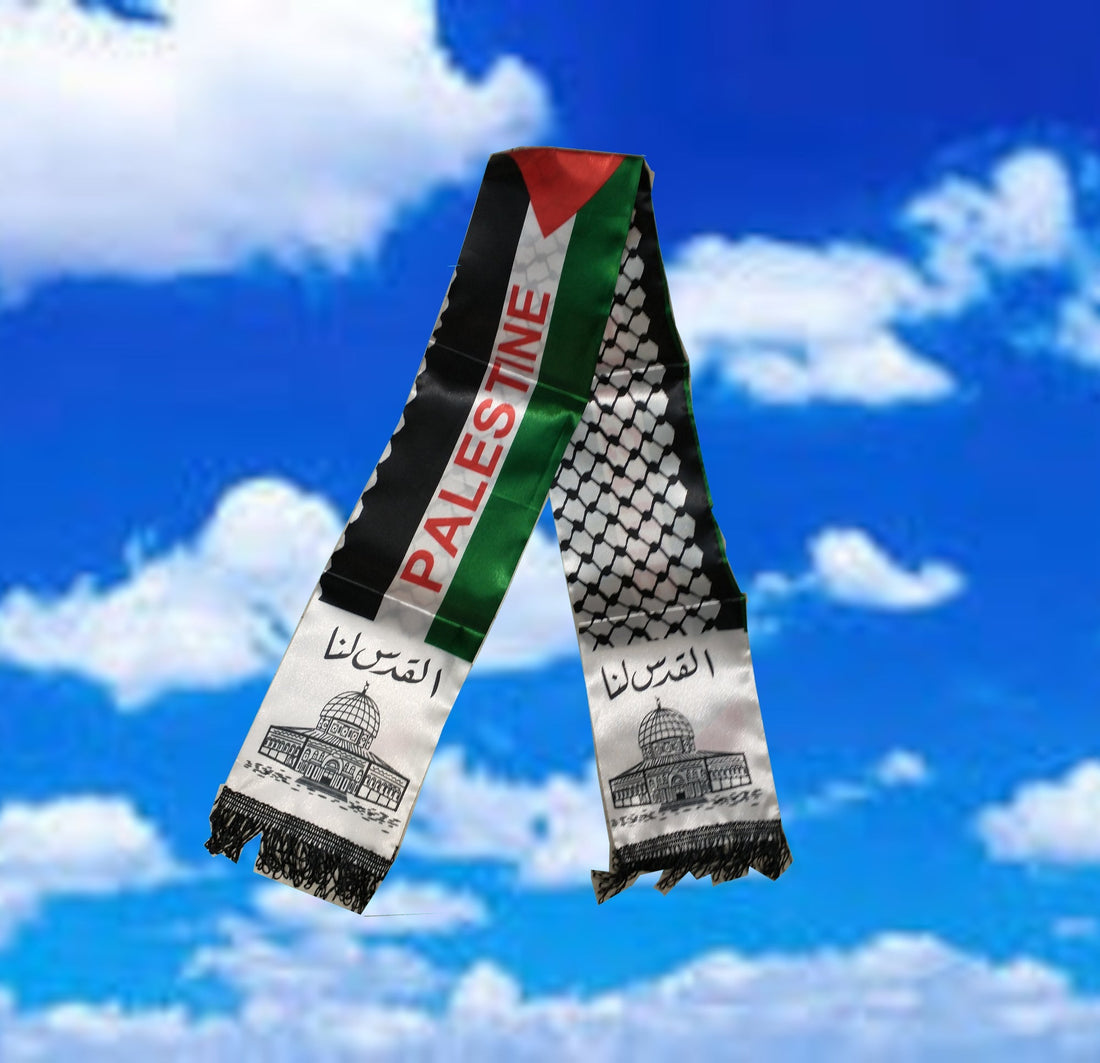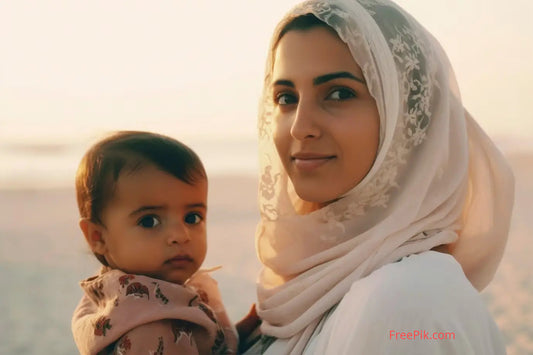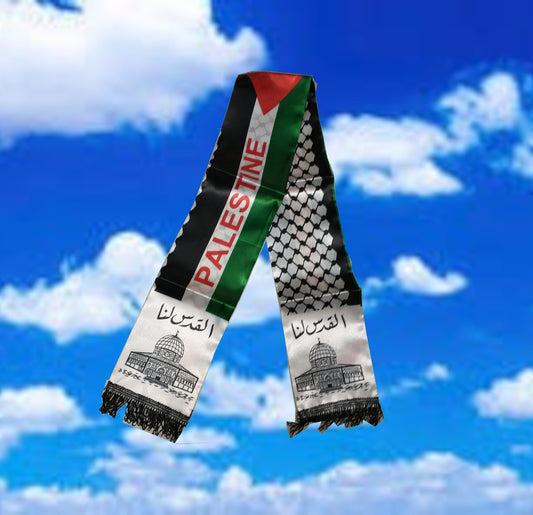In the Embrace of the Holy Land:
Palestine, a region eternally interwoven with the divine, stands as a haven of spiritual significance. Al Quds, or Jerusalem, is a city where holy sites are cherished by Christianity and Islam, serving as a testament to the harmonious coexistence of diverse faiths on this sacred soil.
A Tapestry of Time:
The annals of Palestinian history weave a tapestry that stretches across millennia. From the biblical narratives that echo through the cobbled streets of Bethlehem to the echoes of the Quran resonating in the air, this blessed land bears witness to the stories of prophets, empires, and the resilient people who have called it home.
Epochs of Influence:

Throughout the ages, Palestine has been a crossroads of civilizations. The ancient city of Jericho, with its archaeological remnants dating back thousands of years, stands as a testament to the endurance of human settlement. The bustling markets of Nablus echo with the whispers of traders from diverse cultures, each leaving an indelible mark on the cultural mosaic that defines this remarkable land.
Hospitality as Heritage:
Hospitality is not just a virtue in Palestine; it is a way of life. The generosity of the Palestinian people is legendary, extending warm welcomes to visitors and strangers alike. The traditional dabke dance, a communal celebration of life and unity, and the art of embroidery, which tells stories through intricate stitches, showcase a culture deeply rooted in tradition and shared humanity.
Olive Trees and Resilience:

The olive tree, deeply rooted in the Palestinian soil, symbolizes more than just an agricultural resource. It stands as an emblem of resilience, steadfastness, and a deep connection to the land. The olive groves not only contribute to the region's economy but also serve as living witnesses to the endurance of a people who have weathered centuries of challenges.
Struggles and Triumphs:
The history of Palestine is not without its challenges. The struggles of displacement, occupation, and geopolitical tensions have cast shadows over this sacred land. Yet, through adversity, the people of Palestine persist, drawing strength from their rich history, cultural heritage, and an indomitable spirit that refuses to be extinguished.
In the embrace of the Holy Land, the story of Palestine continues to unfold, marked by the echoes of the past, the resilience of the present, and the unwavering hope for a future where the people of this blessed land can live in peace and prosperity.
Al-Aqsa Mosque: A Spiritual Beacon in the Heart of Al Quds 'Jerusalem'
Nestled within the heart of the Old City of Jerusalem, Al-Aqsa Mosque stands as an enduring symbol of spiritual significance for Muslims around the world. As the third holiest site in Islam, after Mecca and Medina, Al-Aqsa holds profound historical and religious importance.
The mosque, along with the Dome of the Rock, dominates the skyline of Jerusalem and is an integral part of the larger Al-Haram Al-Sharif (the Noble Sanctuary). According to Islamic tradition, Al-Aqsa is believed to be the place from which the Prophet Muhammad ascended to the heavens during the Night Journey.
Built in the 7th century, Al-Aqsa Mosque has witnessed centuries of change, conflict, and religious devotion. Its architecture, a blend of Islamic and Byzantine influences, reflects the cultural diversity that characterizes the history of Jerusalem.
Despite being a site of reverence, Al-Aqsa Mosque has also been a focal point of political and territorial disputes. The management and control of the holy site have been sources of tension between different religious and political entities.
Keffiyeh: Symbol of Palestinian Identity and Solidarity
The Keffiyeh, a traditional Palestinian headdress, transcends its utilitarian purpose and becomes a potent symbol of identity, resistance, and solidarity. Worn by Palestinians for generations, the black and white checkered pattern of the Keffiyeh has become synonymous with the Palestinian struggle for self-determination.
Originally a practical garment designed to protect against the harsh sun and blowing desert sands, the Keffiyeh evolved into a powerful symbol during the Palestinian resistance movements of the mid-20th century.
The distinctive pattern of the Keffiyeh carries deep cultural significance, with each fold and crease telling a story of heritage and resilience. In recent times, the Keffiyeh has transcended its regional roots, becoming a global symbol of solidarity with the Palestinian cause.
Whether draped over the shoulders of activists, artists, or individuals expressing their support worldwide, the Keffiyeh continues to serve as a tangible link to the land and identity of Palestine. Its enduring presence symbolizes the unyielding spirit of a people who, like Al-Aqsa Mosque, persist in the face of challenges, asserting their cultural identity and the right to exist on their sacred land.
Palestinian Symbols: A Tapestry of Resistance and Resilience
Palestine Key Chains, often depicted as a symbol of return, represents the right of Palestinian refugees to reclaim their homes.
The Palestinian flag, with its distinctive black, white, green, and red bands, embodies the collective aspirations of a nation. Each color carries significance, from the green representing the land to the red symbolizing the sacrifices made in the pursuit of freedom.
Together, these symbols form a visual language of identity, heritage, and a relentless spirit that refuses to be extinguished. They stand as a testament to the enduring strength of a people who continue to resist, persist, and hope for a future where justice and peace prevail in their sacred land.
Here you can find our most selling product to Support Palestine
Key Chains, Black and White keffiyeh or Shemagh, Black and White keffiyeh Style Shoulder Scarf, Black and White keffiyeh Style Shoulder Scarf, Palestine Bracelet / Wristband, Palestine Necklaces, Tasbeeh with Palestine Flag Colors, Palestine Key Chains, Palestinian traditional Dress for Kids … Discover more






